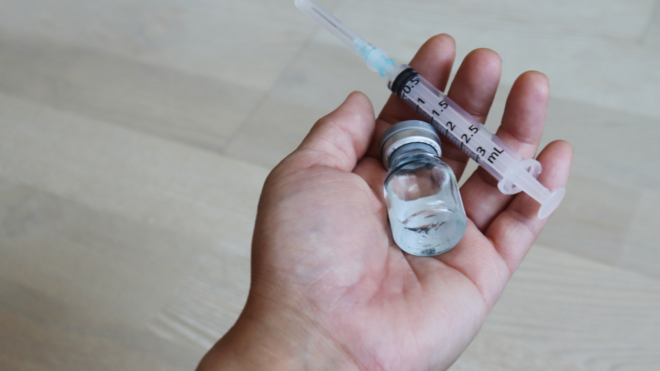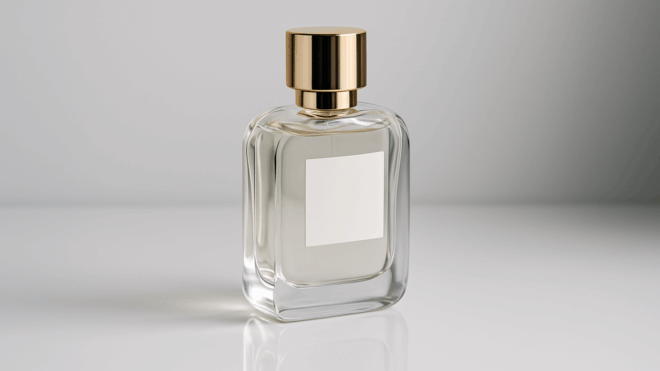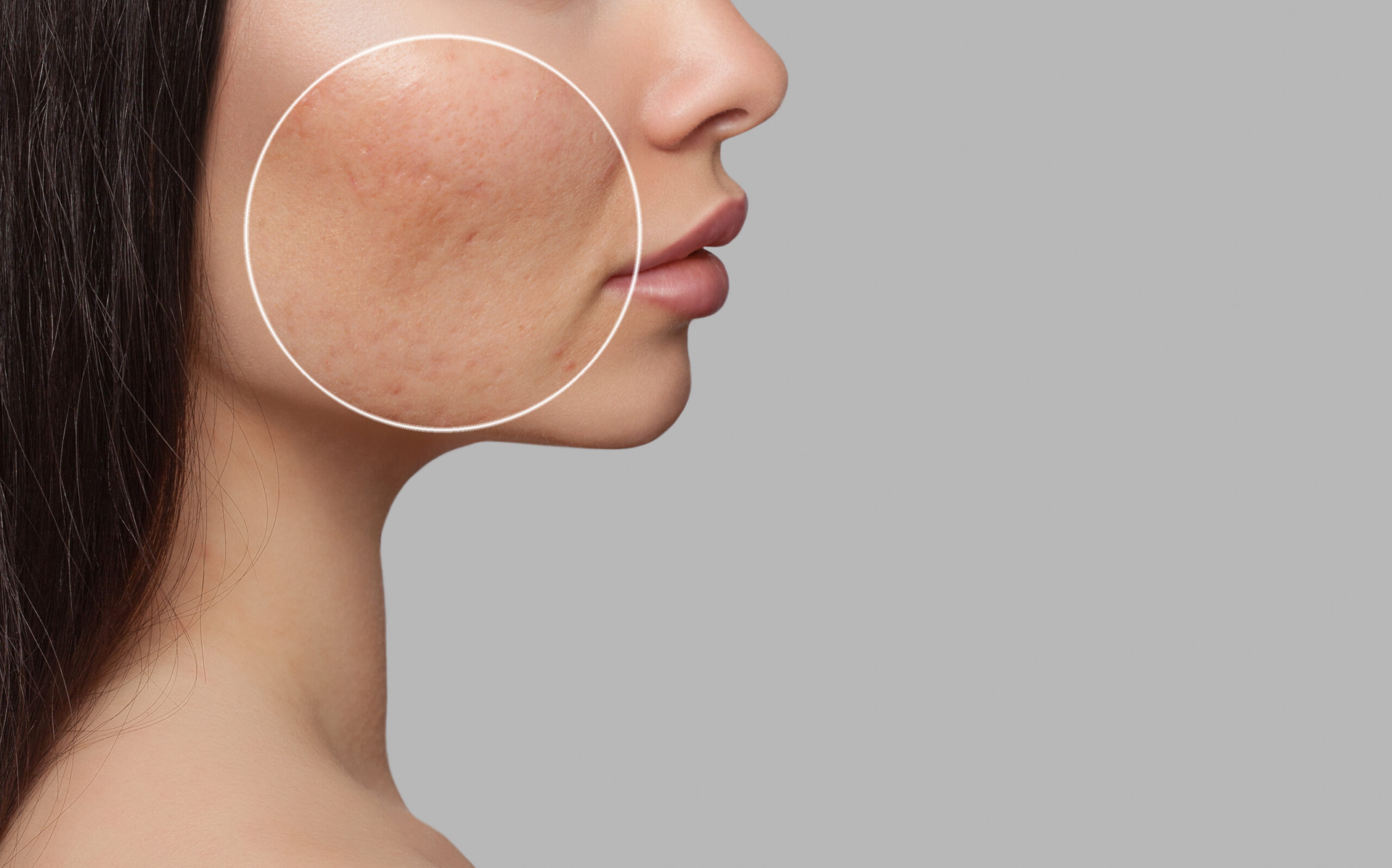
When it comes to skin care, one of the top concerns is preventing acne, and right behind that is how to treat acne scars that linger. We know we’re supposed to leave acne alone and not pick or squeeze the pimples, but it’s hard to be patient. Acne spots are too tempting, and we want to fuss with them. Our aim is always to make the pimples disappear ASAP, but in reality that fussing leaves scars on our face, basically reminding us of what we did wrong.
Pimple scars can, of course, be covered with makeup but that’s a temporary fix. And while there’s no miracle formula to make them totally disappear, wouldn’t it be great to once and for all figure out how to make the scars less noticeable? Our skin is made up of many different layers that recycle themselves at different times, so you may have read somewhere from a beauty blogger that skin forms a new layer every 30-60 days (as I did recently). But a little information from an actual dermatologist can tell you that it’s not that simple. Information online can be misleading because it spreads misconceptions about how our skin is constructed, performs, and heals. It will also make you think something is wrong with you if you don’t have a new layer of perfect skin that magically appears every month.
We asked a skin care expert, New York City-based board-certified cosmetic dermatologist, Dr. Michele Green, to help us understand the scars on our faces left by acne and how to treat them. While no single treatment for acne spots applies to everyone, we hope this helps!
Acne Scar Causes
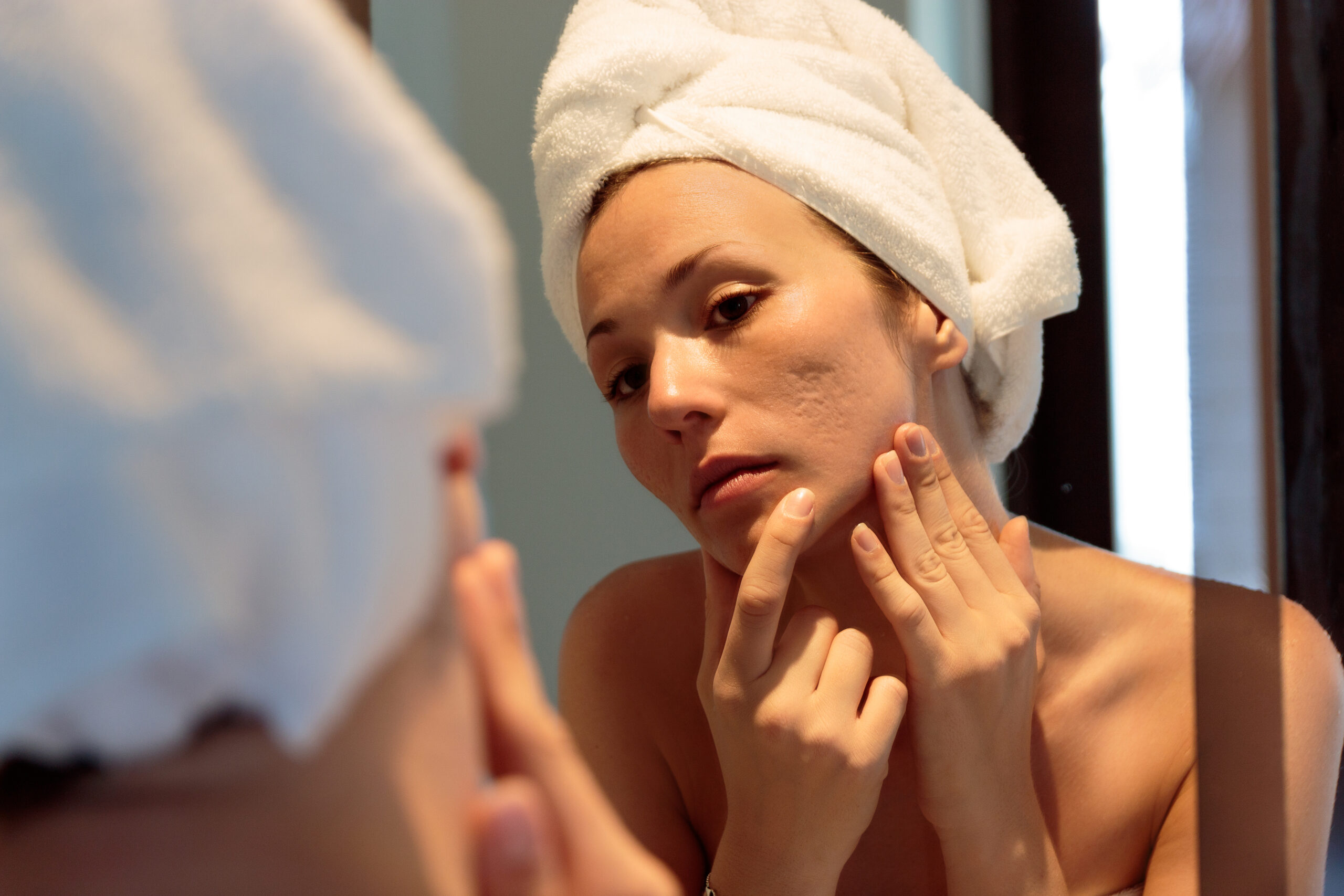
“Acne scars are a result of ruptured pimples, pustules, whiteheads, and cysts, which causes the skin to break when the infected pore ruptures,” says Dr. Green. She adds that when infected acne ruptures the skin, it can often cause a bacterial infection, which also destroys healthy skin cells.
According to Dr. Green, as the skin repairs itself from an acne breakout, the wounds that are formed as a result of broken skin starts to heal and our body produces collagen, which is the fibrous tissue that repairs the skin. Those are the pink, red or brown marks left behind.
Sunscreen Is Key

Regardless of the kind of scarring you have — whether you have discoloration or bumps — you need to protect your skin from sun exposure with sunscreen with a proper SPF (30 or higher). All dermatologists agree that no matter your skin tone or color, wearing sunscreen daily and year-round is a must; it's especially important if you have acne scars because it can prevent the scarring and discoloration.
“The sun's ultraviolet rays can increase inflammation and redness, and can cause post-inflammatory hyperpigmentation [dark discoloration],” explains Dr. Green. “Some acne medications, treatments may make your skin more sensitive to the sun’s rays. Other than protecting you from UV rays, applying sunscreen can help prevent premature aging of skin, and it also maintains an even skin tone.”
Make sure to use a noncomedogenic sunscreen to avoid clogging your pores, which could potentially lead to more breakouts.
Treating Acne Scars at Home
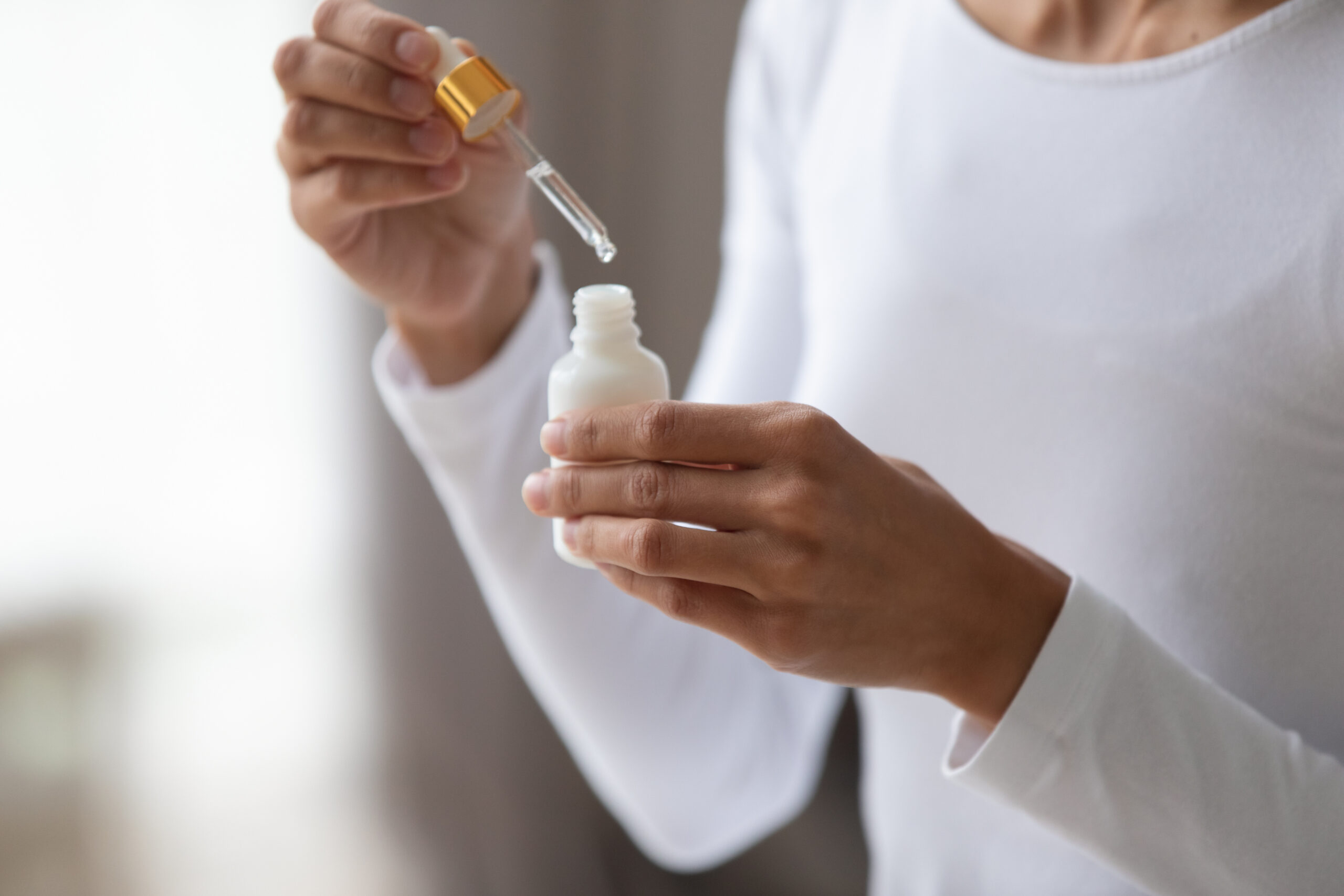
Acne treatment can be as simple as addressing the root cause of your breakouts — which a dermatologist can help you figure out — and implementing a good skin care routine. There are a ton of treatments, creams, and gels on the market that can bring the acne scarring down, and finding what’s right for you can take some trial and error.
To start, exfoliation is key to healthy cell turnover, which can be very beneficial in treating superficial acne scars. Exfoliation is the process of gently sloughing off dead skin cells on the skin’s outermost surface. It’s an essential part of every skin care routine, whether you perform your own exfoliation (physical) or you have a chemical peel or HydraFacial by your dermatologist.
“Through chemical reactions with the skin, these exfoliators gently penetrate the layers of the skin … The shedding of dead skin cells can be dramatic or superficial, depending on the type of exfoliant used and the strength,” shares Dr. Green. Both chemical and physical exfoliation work similarly to achieve the same goal — the difference is the method used.
Dr. Green advises that before starting treatment for acne scarring, you should deal with your current acne, pimples, and breakouts. There are proven ingredients that are generally effective for an occasional breakout or blemish, such as salicylic acid. When used in conjunction with vitamin C, hyaluronic acid, and sunscreen in your daily skin care routine, they can help keep your skin clean and clear.
When you’re shopping for products to use at home, here’s more information about the most effective ingredients for pimple spot treatments, from Dr. Green:
Vitamin C has restorative properties and is able to repair the skin at its cellular level, accelerating the production of collagen and elastin reducing hyperpigmentation. It can reduce skin inflammation and redness caused by rosacea and lighten brown spots.
Glycolic acid, used with retinol, is also a very good product to help with removing blackheads, whiteheads, and reducing pore size while removing dead skin cells. Make sure to use a sunscreen every day if you use retinol.
Lactic acid is an alpha hydroxy acid. In its natural state, it is found in milk, but it can also be chemically produced. In skin care, lactic acid is used as an anti-aging, anti-blemish product that exfoliates the skin, improves fine lines and wrinkles, and lightens discoloration. Lactic acid is a mild exfoliant, so it’s usually safe for sensitive skin and aging skin.
Hyaluronic acid naturally occurs in the body, and as you age the body produces less of it. Hyaluronic acid is also known as the moisture magnet due to its ability to hold 1,000 times its weight in water. As a moisturizer, it does wonders to quench dehydrated skin, restoring its pH balance and moisture level, leaving the skin dewy and rejuvenated.
Tretinoin is a prescription strength vitamin A derivative best known for its ability to neutralize free radicals, stimulate collagen production, and facilitate cell turnover, which mean it works at smoothing fine lines and wrinkles and fading acne scars and hyperpigmentation. Tretinoin should be applied to clean, dry skin to facilitate the absorption. Once the tretinoin has absorbed, apply a hyaluronic acid-based moisturizer. Hyaluronic acid attracts moisture from the air, keeping the skin hydrated and locking in moisture.
How a Dermatologist Can Help

If you’re finding that your at-home treatments are not working the way you’d like — or that you just need some guidance — that’s a great time to visit a dermatologist.
Dr. Green offers that advances in dermatology has given patients a variety of treatments to control acne, blemishes, and the scars that acne often leaves behind. In addition to prescribed topical and oral antibiotics to treat acne, patients can also do treatments such as chemical peels, Fraxel laser, microneedling with PRP (platelet rich plasma), and eMatrix and subcision to treat their acne scars.
Also, treatments such as HydraFacial can be done monthly to clean the pores and exfoliate the skin.
For more information about Dr. Michele Green, visit her website.

